As one of the oldest religions in the world, Hinduism speaks extensively about death and the ephemerality of the physical body. Multiple holy scriptures like the Bhagavad Gita or the Garuda Purana shed light upon how death is not the final destination of the soul but a mere interlude as it goes through various cycles of births and rebirths before attaining its final salvation, or Moksh. These texts go on to liken the passing away of a loved one to a soul changing its physical body just as a normal being changes their clothes. This is perhaps why we look to these texts during the post-death ceremonies of our loved ones so that they can comfort us with their deep wisdom.
While most of us already become familiar with these texts through the course of our life, what is often alien to us is the beautiful significance of the post-death rituals themselves and how they are designed to ease both—the transition of the departed soul into its next life as well as the burden of the bereaved.
What follows is an explanation of the same:
Chautha is a ceremony or a prayer meeting that occurs on the fourth day after the cremation of the deceased. It is believed that the number ‘four’ is strongly associated with birth and rebirth since the newborn is usually born on a bed or cot with four corners and the final pyre of the deceased also has the same. Therefore, it is believed that doing this ceremony on the fourth day ensures that there is no hitch in the departed soul’s cycle of rebirth. It is also an occasion for the all the near and dear ones to come together and ctruly mourn their loved one as well as seek solace from Geeta Pravachans, other holy paaths, and singing of hymns and bhajans so that they remember God and the destiny he wrote for every mortal. In some communities, the Chautha also includes a ceremony called Rasam Pagri where a turban is tied to the next oldest male member of the family signifying that the responsibilities carried out by the deceased are now passed on to him.
Dasvi is the tenth-day ceremony which in olden times marked the official end of the period where nothing could be cooked in the house and nothing could be offered to guests. This was done mainly so that the burden of hospitality does not fall onto the shoulders of the bereaved family who were already so grief-stricken. Nowadays, this period ends with the Chautha itself and the Dasvi focuses mainly on the ritual of ‘pind daan’. It is believed that till the thirteenth day, the soul still has mortal attachments and is a ‘preta’ who hasn’t yet achieved peace. For the peace of their soul, relatives offer circular rice balls in the form of ‘pind daan’.
Gyarvi rituals are done on the eleventh day in the form of relatives donating food grains in the name of the departed soul to increase the latter’s virtue. Italso includes a ritual known as ‘Panchgavya Hom’ where a mixture of cow’s urine, ghee, milk, dung, and curd is sprinkled all over the house to ward off the heavy energies of death.
Barvi or the twelfth-day ritual focusses on carrying out the ‘Sapindikarana Shraddha’ where offerings are made to other deceased ancestors or kinsmen so that they accept the newly-departed soul into their realm known as the ‘Pitru Loka’.
Tehrvi, also known as ‘Spindi’ or ‘Pind Sammelan’, marks the thirteenth day which is a very important day in Hindu Post-Death Rituals. This is the day when the ‘Preta’ loses all its mortal attachments and joins the realm of other honoured ancestors by becoming a ‘Pitru’. This is usually commemorated by performing a havana and distributing its prasad along with other meals among near and dear ones. In most cases, the Tehrvi signifies the end of the grieving period and the family is seen as going back to normal by mixing with the community.
get in touch

Address
1407/1408, 14th Floor, Aston Building, Sundervan Complex, Shastri Nagar, Andheri West, Mumbai-400053.




